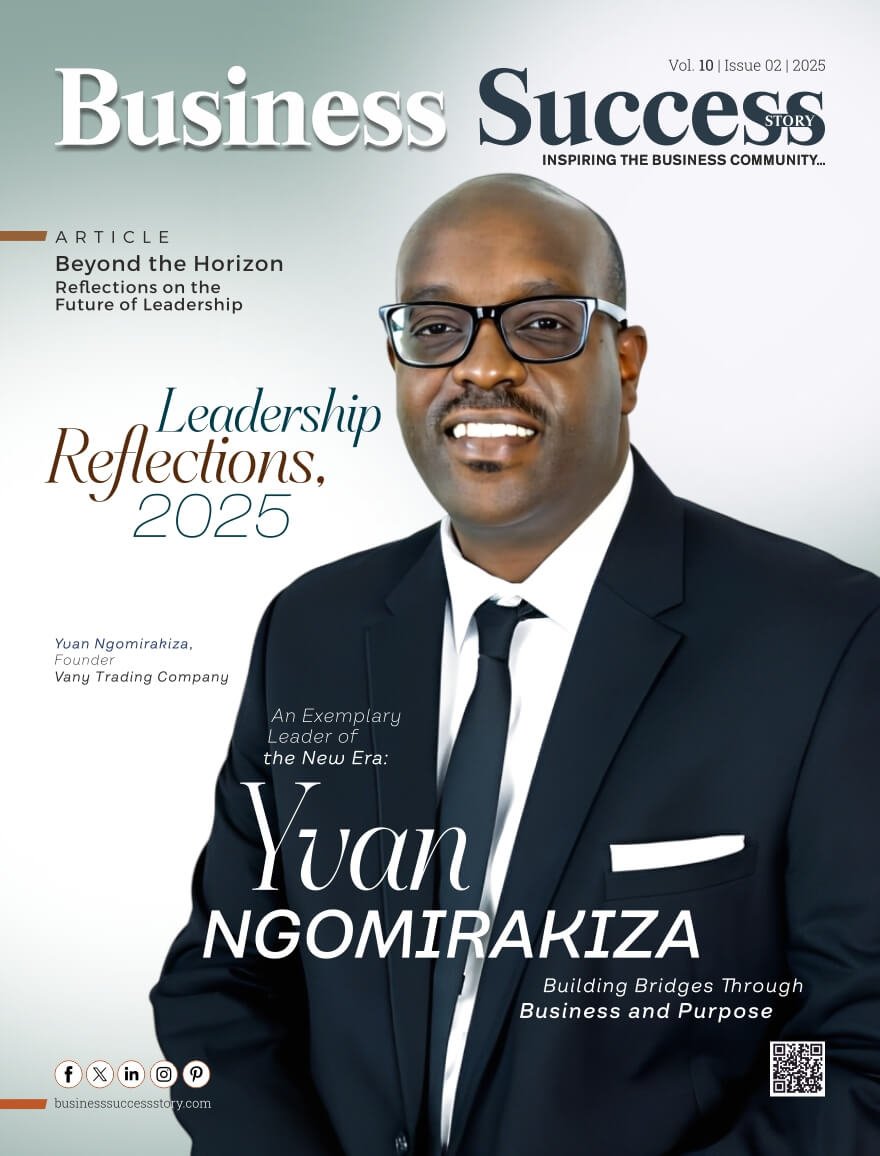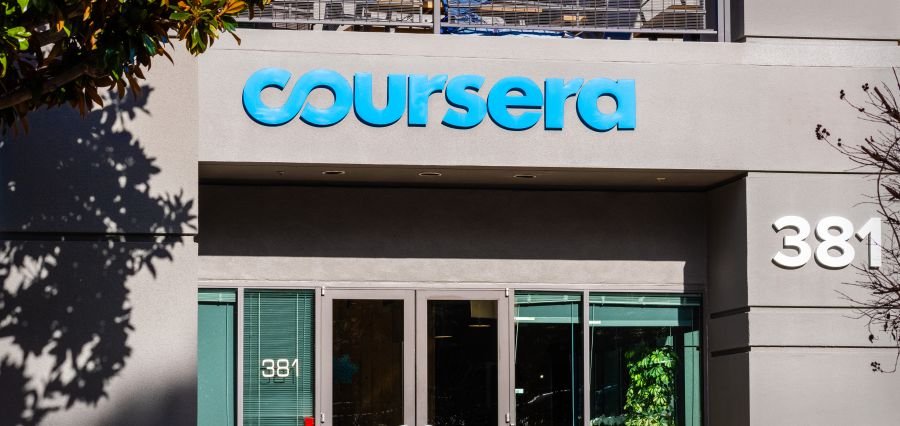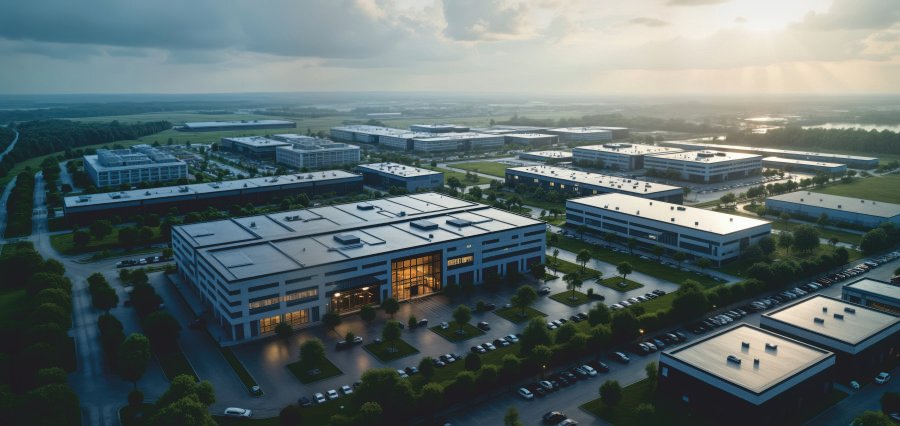In today’s quickly changing business environment, dynamic leaders are the key to success. This blog analyzes the characteristics of dynamic leaders and offers observable suggestions for anyone looking to improve their leadership abilities.
Leadership is a crucial aspect in any organization, and dynamic leaders are necessary for sustainable growth and success. A dynamic leader possesses essential skills such as adaptability, innovation, communication, and problem-solving abilities. These leaders inspire their team to achieve great things and embrace change.
What is a Dynamic Leader?
Dynamic leaders are visionaries who possess adaptability, resilience, and effective communication skills. They thrive in uncertain environments and inspire their teams to achieve greatness
Here are the 10 best strategies for developing dynamic leaders.
1. Lead by Example
A dynamic leader serves as a role model for their team. They embody the qualities and values they expect from their team members, leading by example in their actions and decisions. This approach creates trust and respect within the team, making it easier for them to follow in the leader’s footsteps.
2. Encourage Continuous Learning and Growth
Effective leaders understand the importance of continuous learning and self-improvement. They encourage their team members to develop new skills, expand their knowledge, and challenge themselves. This not only benefits the individual but also contributes to the overall growth and success of the organization.
3. Promote a Positive Work Culture
A dynamic leader understands the impact of work culture on employee well-being and performance. They strive to create a positive work environment where team members feel valued, motivated, and supported. This leads to higher levels of engagement, productivity, and retention within the organization.
4. Foster Effective Communication
Communication is essential for any successful leader. Dynamic leaders communicate openly and effectively with their team, listening actively and providing feedback when necessary. This promotes transparency, trust, and collaboration within the team.
5. Embrace Change
In today’s fast-paced business world, change is inevitable. A dynamic leader embraces change and sees it as an opportunity for growth and improvement. They encourage their team to embrace change as well, creating a culture of adaptability and innovation within the organization.
6. Encourage Creativity and Innovation
Dynamic leaders understand the importance of creativity and innovation in driving progress and success. They create a culture that fosters new ideas, welcomes different perspectives, and encourages experimentation. This leads to continuous improvement and keeps the organization ahead of its competitors.
7. Develop Strong Relationships
Effective leaders know the value of building strong relationships with their team members, stakeholders, and clients. They invest time and effort in getting to know their team on a personal level, understanding their strengths, weaknesses, and goals. This helps them to lead with empathy and build trust within the organization.









